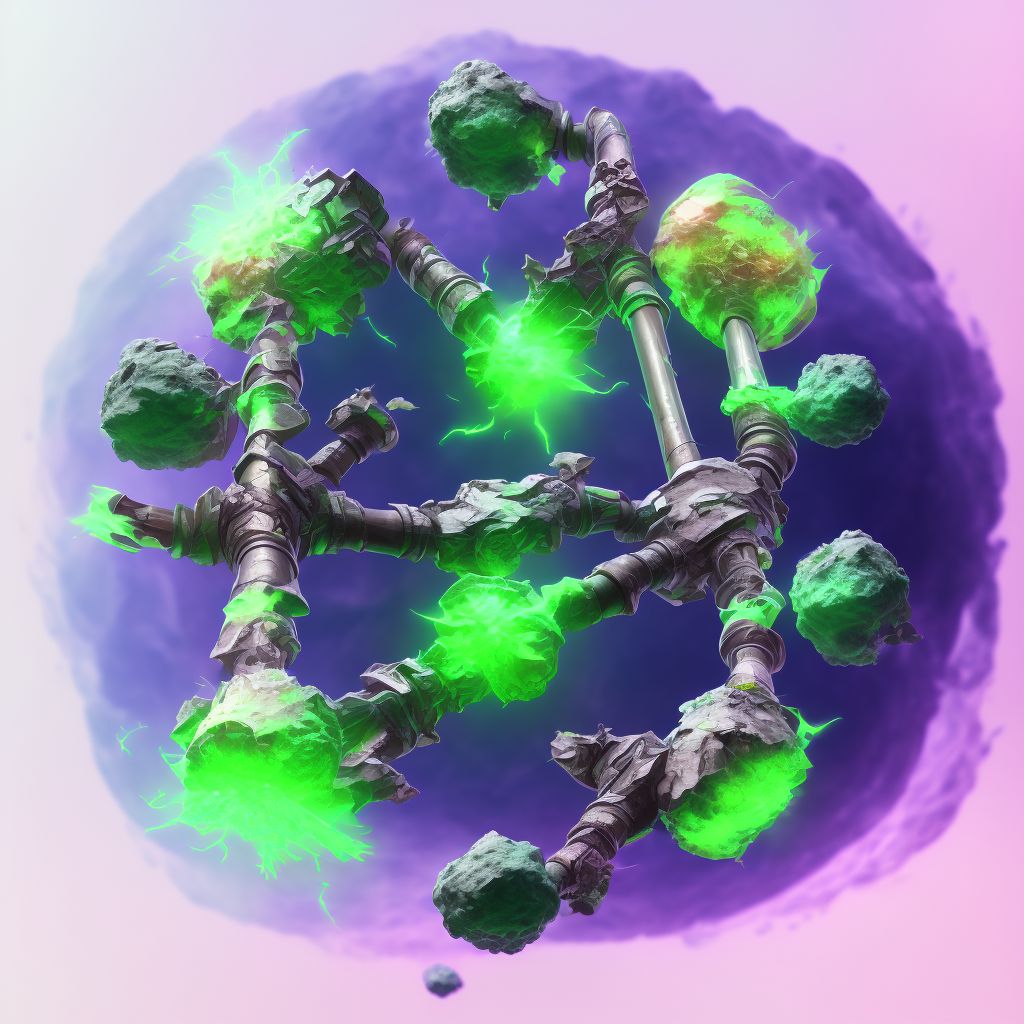
Displaced spiral fracture of shaft of unspecified tibia, subsequent encounter for open fracture type IIIA, IIIB, or IIIC with routine healing Save
ICD-10 code: S82.243F
Disease category: S82.243: Displaced spiral fracture of shaft of unspecified tibia
Displaced Spiral Fracture of Shaft of Unspecified Tibia: A Comprehensive Overview
A displaced spiral fracture of the shaft of the tibia is a complex injury that requires careful assessment and management. It is a type of fracture characterized by a twisting force applied to the bone, resulting in a spiral-shaped break. This article aims to provide a comprehensive overview of this specific fracture type, subsequent encounters for open fracture types IIIA, IIIB, or IIIC, and routine healing.
- Understanding the Injury: A displaced spiral fracture of the tibia occurs when the bone breaks along its length in a spiral pattern. This type of fracture is often caused by a high-energy trauma, such as a severe fall or a sports-related accident.
- Diagnosis and Evaluation: When a patient presents with a suspected displaced spiral fracture of the tibia, a thorough physical examination and diagnostic imaging, such as X-rays or CT scans, are essential for accurate diagnosis and evaluation.
- Subsequent Encounter for Open Fracture: In some cases, a displaced spiral fracture may be classified as an open fracture. An open fracture occurs when the fractured bone breaks through the skin, increasing the risk of infection. Subsequent encounters for open fracture types IIIA, IIIB, or IIIC require meticulous wound care, administration of antibiotics, and close monitoring to prevent complications.
- Routine Healing: Following appropriate treatment, routine healing is crucial for the successful recovery of a displaced spiral fracture. This process involves the formation of callus, which is a bridge of new bone that connects the fractured ends of the tibia. Patients may require immobilization with a cast, brace, or external fixator to facilitate healing.
It is important to note that this article does not focus on treatment options for a displaced spiral fracture of the tibia. Treatment plans vary depending on the severity of the fracture, the patient's overall health, and other individual factors. Therefore, it is crucial to consult a medical professional for an accurate diagnosis and appropriate treatment plan.
In conclusion, a displaced spiral fracture of the shaft of the unspecified tibia is a significant injury that requires careful evaluation and management. Proper diagnosis, subsequent encounters for open fracture types IIIA, IIIB, or IIIC, and routine healing play crucial roles in the recovery process. By understanding the nature of this fracture, patients and healthcare professionals can work together to achieve optimal outcomes.
Treatment of Displaced spiral fracture of shaft of unspecified tibia, subsequent encounter for open fracture type IIIA, IIIB, or IIIC with routine healing:
Treatment Options for Displaced Spiral Fracture of Shaft of Unspecified Tibia
When it comes to a displaced spiral fracture of the shaft of the unspecified tibia, subsequent encounter for open fracture type IIIA, IIIB, or IIIC with routine healing, there are several treatment options available. Each case is unique, and the treatment plan depends on various factors such as the severi...
To see full information about treatment please Sign up or Log in